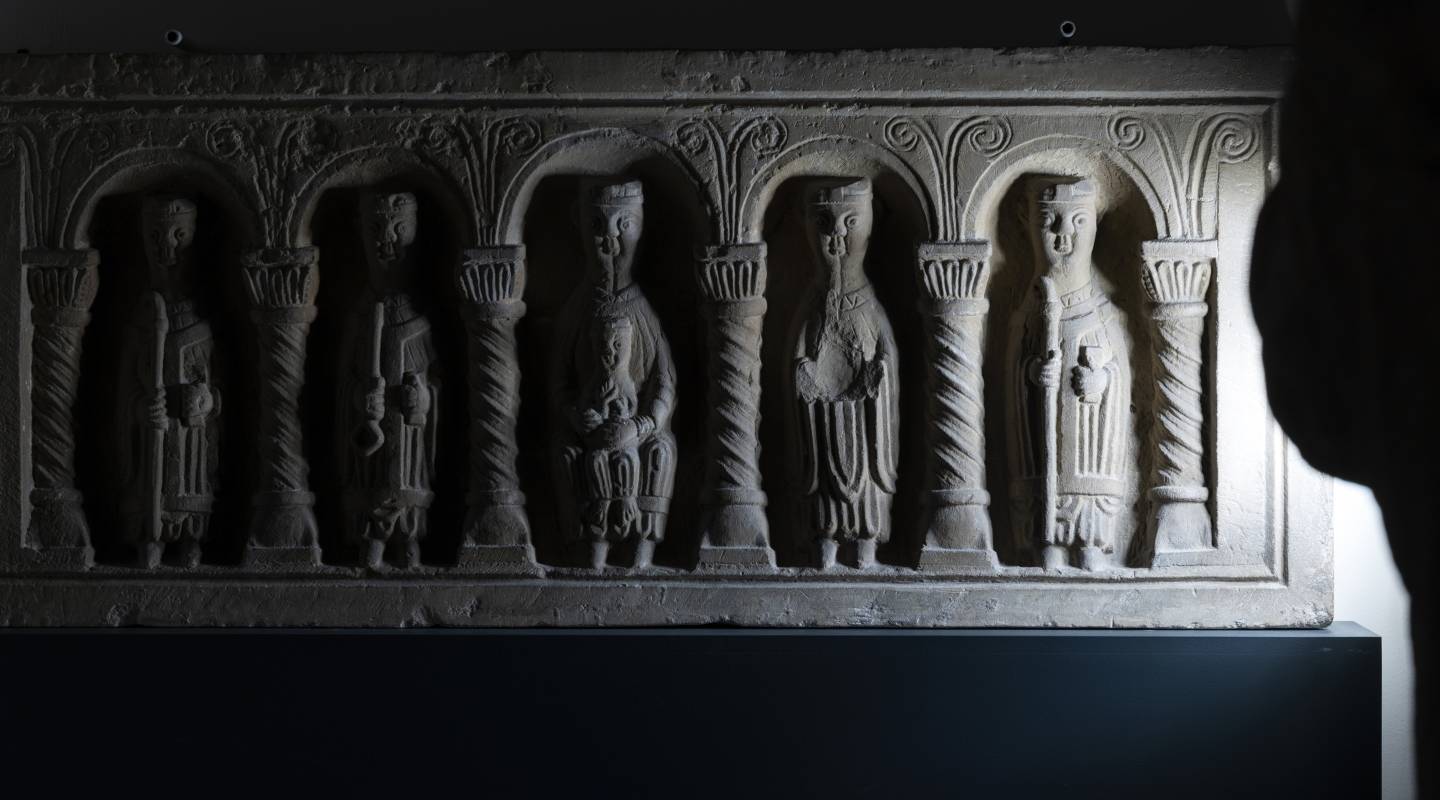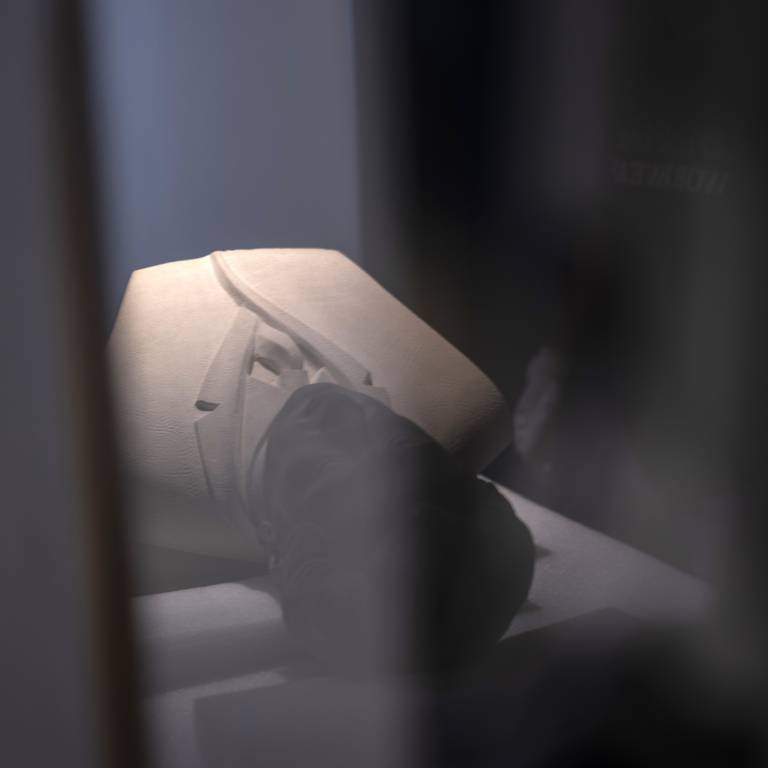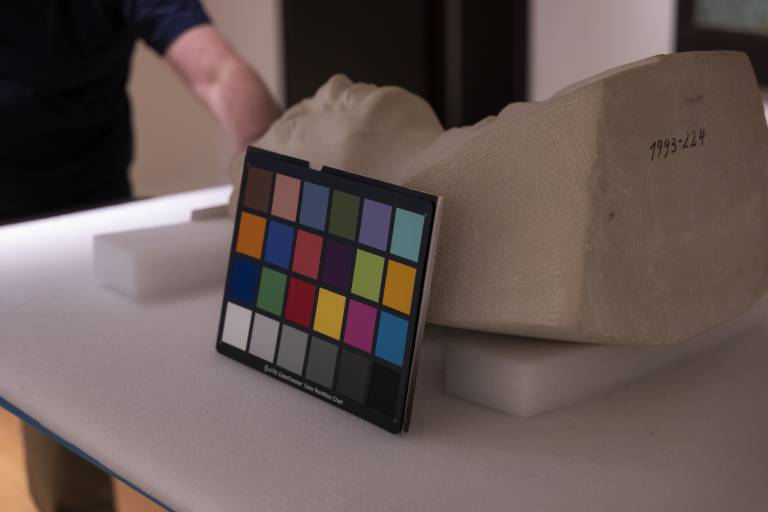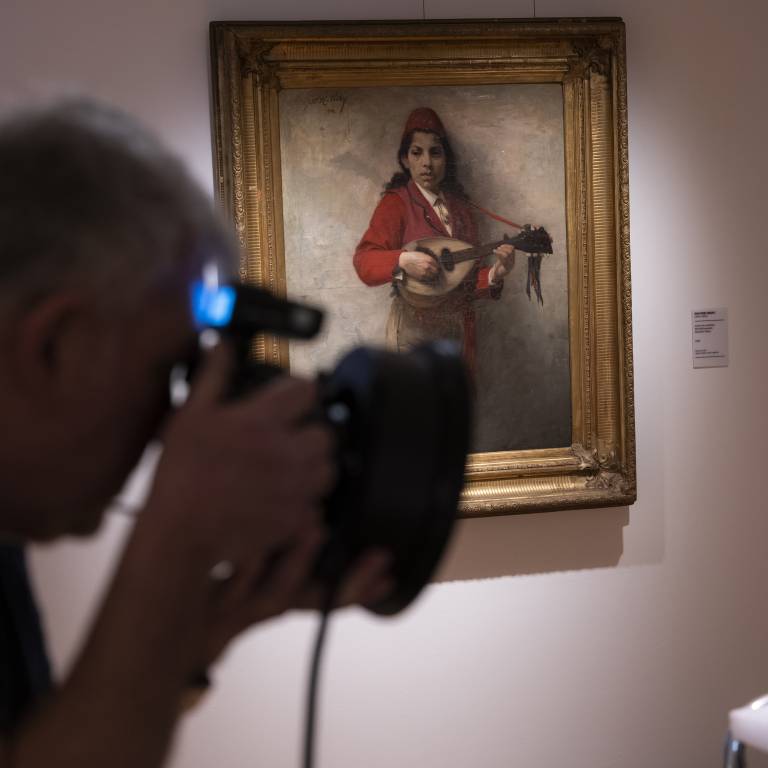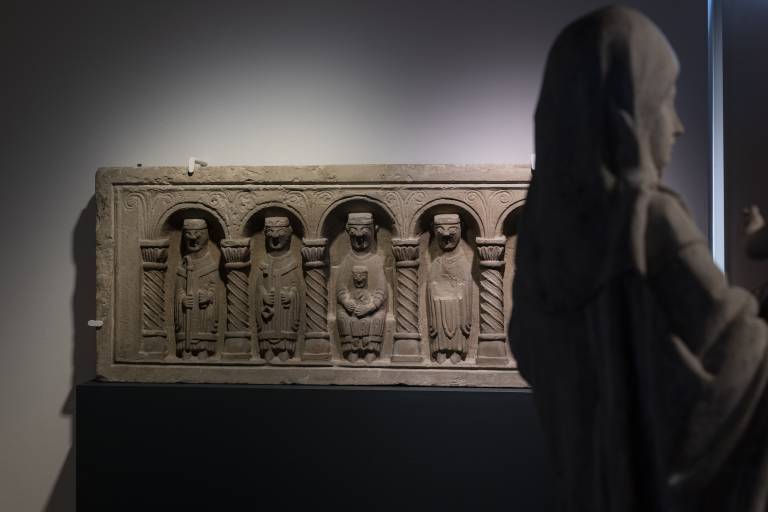Digitisation, and 3D modelling specifically, have become increasingly important in the cultural heritage sector in recent years. Our cultural institute first started experimenting with 3D modelling in 2019, when we had both the Nationalmusée um Fëschmaart and the Musée Dräi Eechelen scanned. These models proved invaluable during lockdown, when people could no longer physically go to the museum, and offered a different way of accessing and engaging with culture. This prompted us to start digitising our temporary exhibitions as well, making them available to the public even after they were over.
Digitising objects: Opportunities and challenges
The next logical step was to start experimenting with 3D digitising the objects themselves, which has a number of advantages. First, it can help preserve fragile objects by creating a copy that can be archived long term, allowing them to be studied without having to handle and possibly further damage the original. Such a model can also help restorers recreate damaged parts of the physical object now or in the future. Second, 3D scanning gives people who are unable to visit the museum or see the physical object for whatever reason the option of accessing it online or by tactile means in the form of a 3D printed reproduction. These models could also be used for educational purposes, for example to explain how an object works without handling the physical object and risking further damage.
It is important to note, however, that a 3D model can never replace the physical object, no matter how detailed it is. Moreover, creating this type of data does not necessarily mean that it can be preserved long term. Preserving digital data and its readability requires continual effort and adequate resources. Indeed, there are varying degrees of quality that can be achieved in 3D digitisation. A reproduction for scientific study or preservation needs to be as detailed as possible, which means that a large amount of data needs to be gathered and processed to create the model. A model destined for educational purposes may require less detail, but then may not be useful for scientific study.
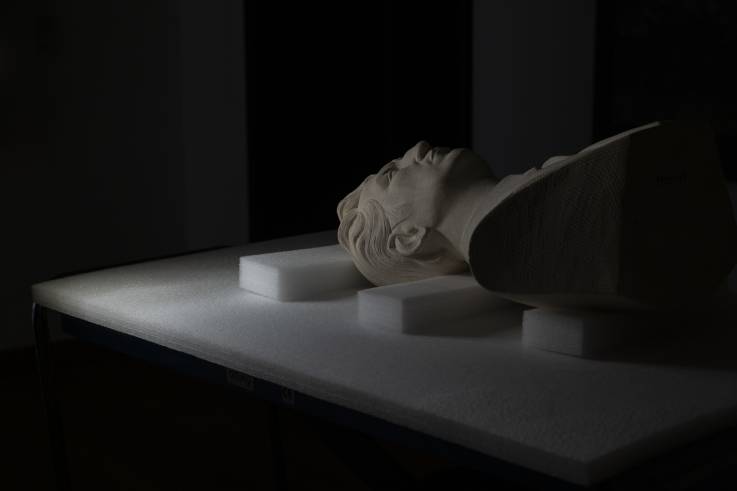
Our first foray into digitising objects: Key takeaways
We needed to experience the 3D scanning process firsthand to assess how to move forward with this technology. We decided to collaborate with In-visible, a local scanning provider, to scan seven sculptures currently on show at the Nationalmusée um Fëschmaart. Each sculpture presented its own unique challenges, and we learnt a lot in the process. The method used by In-visible is called photogrammetry. In simplified terms, it involves taking multiple photographs of an object while also recording data about the position of the specific part of the object being photographed. Afterwards an algorithm is used to create a 3D model from the photographs according to their position.
We encountered two difficulties during the scanning process that we will have to take into account for future projects. The first is handling the objects themselves. The sculptures we chose are made of marble and other kinds of stone and are therefore very heavy. Photographing them from all sides meant they had to be lifted with the help of our team of registrars. We weren’t able to scan the back of a bas-relief from the archaeology section, for example, because that would have involved taking it out of its fixture. In other cases, the bottom of the pedestal wasn’t scanned. Had we wanted to document those parts of the sculptures for a scientific scan, we would have needed more resources.
Text transcript
Video showing a bust by Albert Hames being photographed from different angles for a 3D scan.
The second difficulty we encountered were the technological limits of
photogrammetry itself. Since it relies on light to determine the
position of the object, it struggles with shiny or translucent surfaces.
The bronze statue of Dante and the slightly translucent marble statue
of Paolo and Francesca where especially challenging to scan and required
even more photographs to be taken to accurately document them than a
matte surface would have.
The resulting 3D models can be viewed on the MNAHA’s Sketchfab account. They are perhaps imperfect, but we gained valuable insights from making them which will inform our future 3D endeavours. They also complement our digital offer and show how 3D might be used to make our museums more accessible in the future.
Text: Edurne Kugeler - Images: Éric Chenal
Source: MuseoMag N°I 2024
